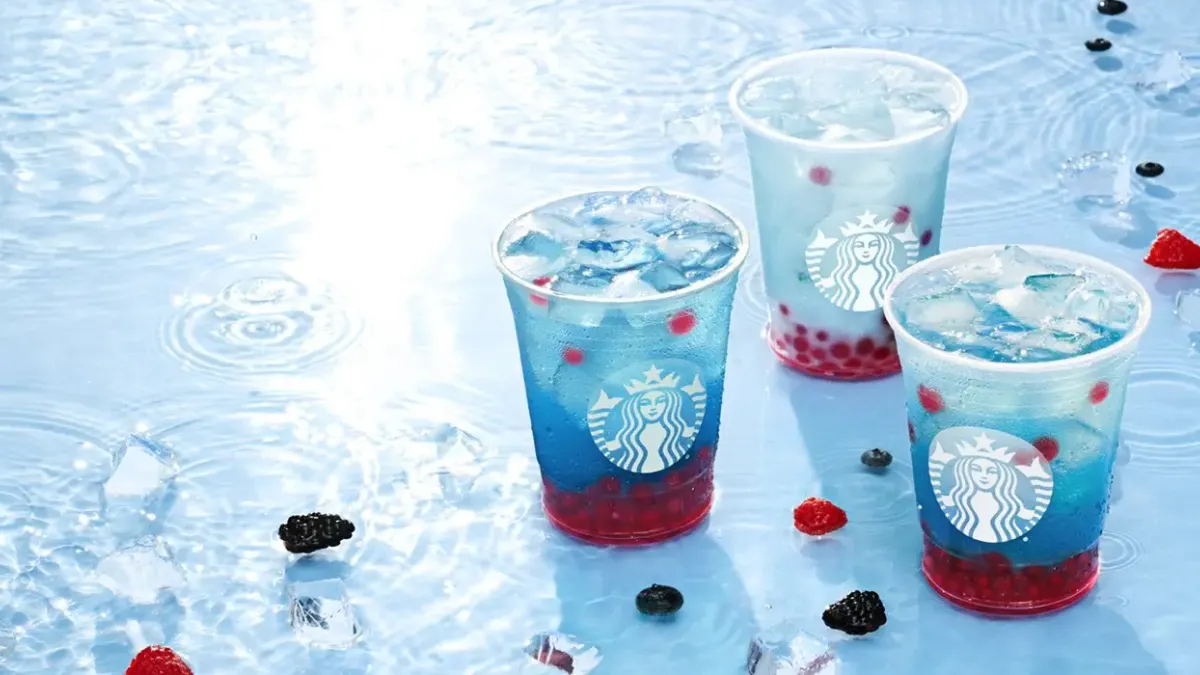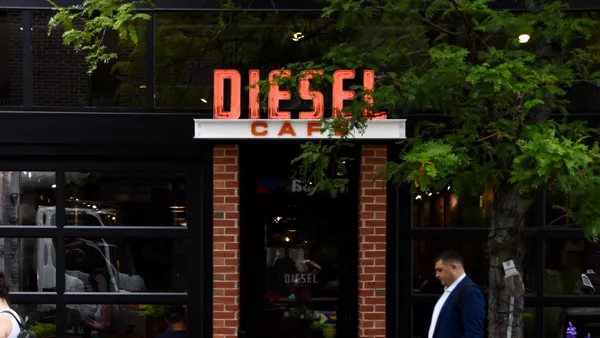Dive Brief:
- Starbucks’ U.S. comparable sales declined 2% during fiscal Q3 2024, with a 6% traffic decrease offset by a 4% higher ticket average, according an earnings release.
- The decline in sales was driven by a fall in visits by non-rewards members, CFO Rachel Ruggeri said on the chain’s earnings call Tuesday.
- Starbucks is undertaking several initiatives to speed up its transactions, draw new customers in and convert occasional customers to rewards members. But analysts said the chain’s traffic recovery has taken longer than anticipated.
Dive Insight:
Starbucks did see some improvement in issues it said were driving customers to abandon mobile orders or otherwise avoid the chain last quarter.
Operational changes led to “a multi-second year-over-year improvement in out-of-the-window times, a nearly 50% reduction in calls received via customer contact center for ‘my order took too long’ and Mobile Order & Pay and delivery uptime rates of 99%,” CEO Laxman Narasimhan said during the Tuesday call.
Labor changes from its Siren Craft system, which were tested across 1,200 stores before fully deploying it to all U.S. stores this week, helped improve operations, in particular. The Siren Craft system is a complement to its Siren System equipment, announced in 2022. Starbucks’ deployment of the Siren equipment, which necessitates significant changes to kitchen layout, has largely been dictated by the pace of Starbucks’ new openings and renovations to reduce the expense and downtime required for the changes. The chain plans to do a simple refit of its espresso machines later this quarter that will improve throughput by 15% without diminishing quality, Narasimhan said.
Starbucks is increasing its deployment of the Siren equipment at stores that have unusually low customer experience scores. Narasimhan said these outlier stores account for less than 10% of Starbucks’ system.
Starbucks is also looking for ways to draw in occasional consumers and convert them into Starbucks Rewards members. About a quarter of non-rewards members want the option to use the brand’s mobile ordering tech, Narasimhan said.
“In response, we opened [mobile order and pay] for all, to provide those customers the convenience they seek, while removing perceived barriers to entry,” Narasimhan said. Creating new digital touchpoints for non-rewards members will eventually draw them into the reward program, Narasimhan predicted.
Consumers using the mobile order option saw a 7% increase in transactions in the U.S., Ruggeri said, adding that the addition of mobile ordering for non-rewards members to the app began in July and so is not reflected in the Q3 earnings.
While rewards members account for 60% of revenue, Starbucks has used discounting less aggressively than its competitors. Only 14% of its orders this quarter were driven by offers, with 10% coming from rewards points and 4% driven by specific discounts, Narasimhan said. Unspecified competitors saw offers drive 29% of sales.
New menu items, another element of the brand’s traffic driving strategy, did succeed in boosting sales, with the launch of its Summer Berry Refreshers, which have raspberry flavored pearls inspired by boba drinks, driving “the highest week one product launch in our history. Their success buoyed the entire Starbucks Refreshers beverage platform to an all-time high during the quarter,” Narasimhan said.
Analysts with William Blair wrote that “the quarter’s investments in improved digital algorithms, operations, product innovation, and a greater emphasis on value have yet to manifest a meaningful inflection in the business,” in a note shared with Restaurant Dive.
BTIG, in its note on the earnings call, said “the sales recovery looks to be more drawn out than expected.” But the firm remains “cautiously optimistic that the investments being made in advertising, promotions, and mobile ordering will stem the decline in non-rewards customer traffic.”














